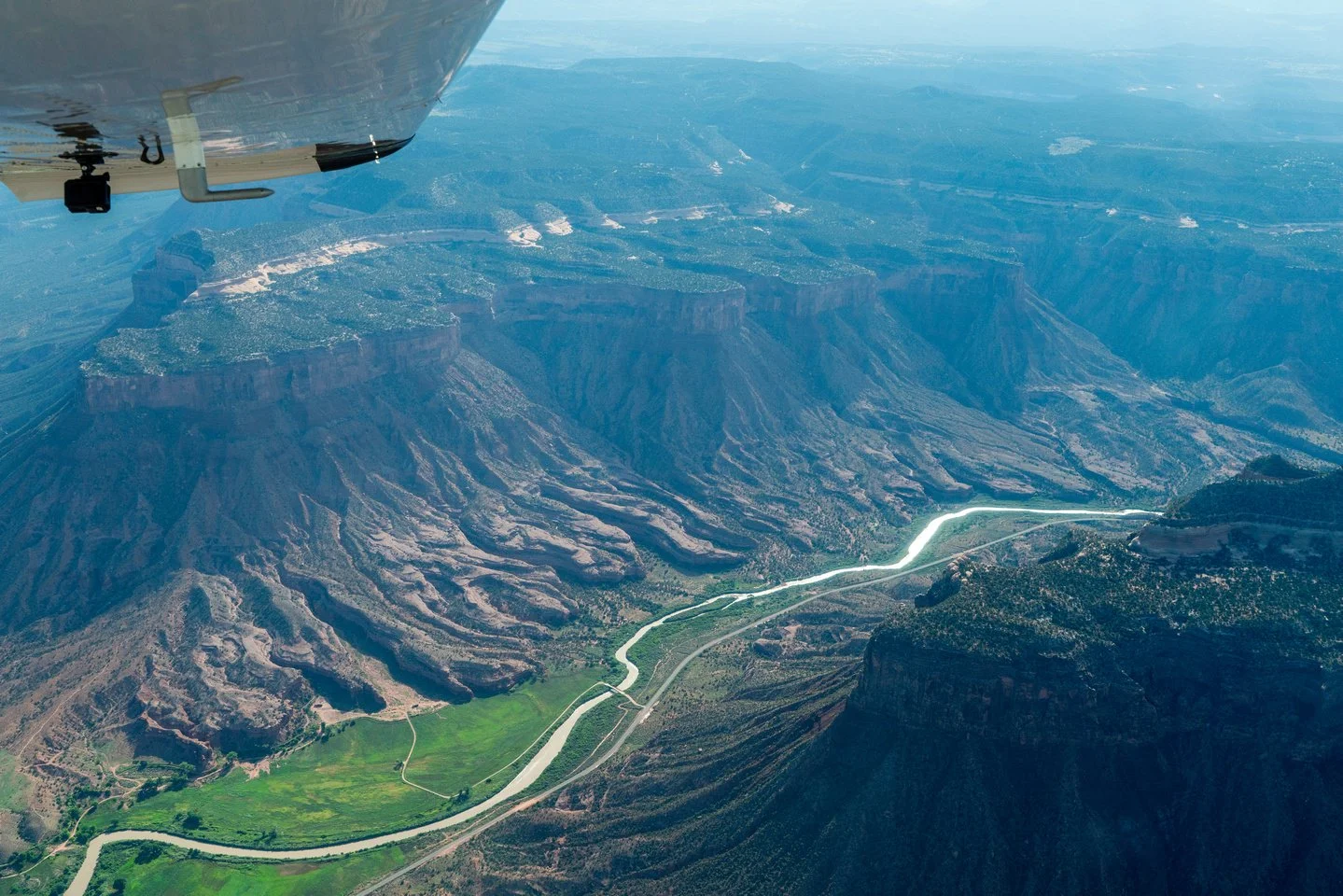Colorado TU is urging its members and supporters in the City and County of Denver to vote no on Initiated Ordinance 308 this year, the proposed Denver Fur Ban. While farming of fur bearing animals and sale of luxury fur apparel are not coldwater conservation issues, the proposed fur ban is written broadly and vaguely enough that it puts at risk the purchase or sale of fly tying materials and many flies and lures. That poses a threat to our fishing and tying members in Denver, and to our business partners in the fishing industry.
Those industry members are not just important in sustaining angling, they are stalwarts in funding fish conservation. The fishing industry many years ago agreed to federal excise taxes that are charged on all fishing tackle items sold in the U.S., with the proceeds from those taxes earmarked for grants to state fish and wildlife agencies to support their fishery management programs. The program, popularly known as Dingell-Johnson, is a critical source of funding for Colorado Parks and Wildlife and its peer agencies across the country. Every time an angler purchases a rod, a reel, and yes, a fly or fly tying materials – a part of that purchase helps fund conservation through grants to those state agencies.
Unfortunately, under initiated ordinance 308, it appears that sale and purchase of flies, lures, or fly tying materials including animal fur would be prohibited in Denver – including delivery to a Denver address from retailers located outside of the city. If 308 passes – Denver anglers will no longer be able to purchase those flies and lures, or materials with which to tie them at home, within the City and County of Denver.
Other groups beyond the fly fishing community have expressed concern about the effects of 308 due to its broad and vague wording, including the National Western Stock Show (where exhibitors sell items that include fur, such as traditional cowboy hats); and tribal interests who note that 308’s exemptions for tribal cultural purposes are narrowly written and would not apply to the majority of Native Americans.
While the measure would apply only in the City and County of Denver, Colorado TU encourages members across the state to take note as proponents of the fur ban have previously voiced their interest in using passage of a ban in Denver as a stepping stone to seeking a similar statewide initiative.
If you live in Denver – VOTE NO on Initiated Ordinance 308!











































